How to Remember What You Read for Exams (Effective Tips)
Preparing for exams requires not just studying but also retaining and recalling information effectively.
Many students struggle with this aspect, often feeling overwhelmed with the volume of material they need to remember.
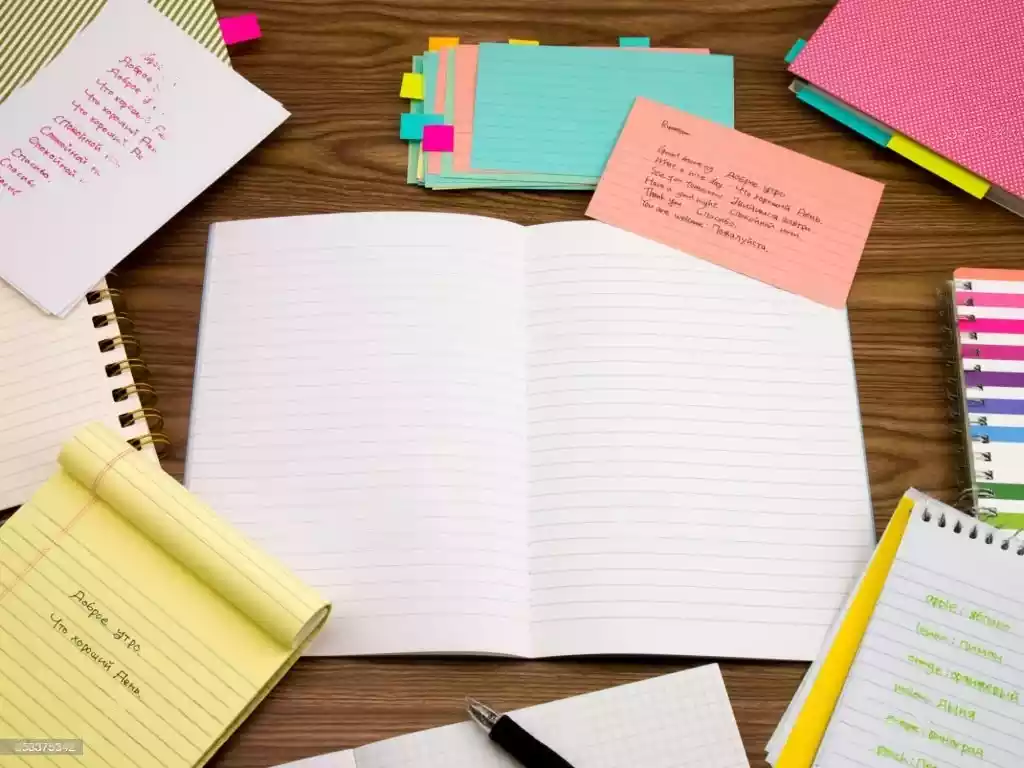
But, with the right techniques and strategies, you can enhance your memory and retain information more efficiently.
Table of Contents
Importance of Remembering What You Read
Remembering what you read is crucial for academic success. It allows you to build a solid foundation of knowledge and understand concepts more deeply.
When you remember what you read, you can connect ideas, apply them to problem-solving, and demonstrate your understanding in exams.
Effective memory retention can also reduce stress and boost your confidence during the exam period.
Active Reading Techniques
One of the keys to remembering what you read is to engage actively with the material. Passive reading, where you simply scan the text without much thought, doesn’t promote memory retention.
Instead, try these active reading techniques:
1. Skim and Preview
Before diving into the content, quickly skim through the chapter or section to get an overview. Read the headings, subheadings, and any highlighted or bolded text.
This preview will help you understand the structure of the material and provide a mental framework for organizing information as you read.
For example, if you’re studying a history textbook chapter on World War II, skim through the pages to identify key events, dates, and subtopics like major battles or political developments.
This quick preview will give you a sense of the main points and prepare your mind for focused reading.
2. Ask Questions
As you read, ask yourself questions about the material. What is the main idea? How does it relate to what you already know? What examples or evidence support the author’s claims?
Engaging in this active dialogue with the text will help you stay focused and improve comprehension.
For instance, if you’re studying a scientific research paper on climate change, ask questions like “What are the primary causes of global warming?” or “How do greenhouse gases affect the Earth’s temperature?”
By actively seeking answers, you’ll deepen your understanding and remember the key concepts.
3. Take Notes
Jot down key points, summaries, and any questions or insights that arise while reading. Note-taking helps reinforce your understanding and serves as a valuable review resource later.
Highlight or underline important passages and use symbols or colors to denote different types of information.
Let’s say you’re studying a psychology textbook chapter on memory. As you read about different types of memory (e.g., short-term memory, long-term memory), take notes summarizing the characteristics and examples of each type.
This process of summarizing and organizing information will aid your comprehension and make it easier to remember.
Note-taking Strategies
Effective note-taking is essential for remembering what you read. Here are some strategies to enhance your note-taking skills:
1. Cornell Method
Use the Cornell Method, where you divide your paper into three sections: a narrow left column for cues and questions, a wider right column for notes, and a bottom section for summaries.
This method promotes active listening, engagement, and summarization.
For example, suppose you’re attending a lecture on literature analysis. In the left column, write down key questions or cues related to the topic, such as “Symbolism in ‘The Great Gatsby’” or “Literary devices in Shakespeare’s sonnets.”
In the right column, take detailed notes on the main points discussed during the lecture.
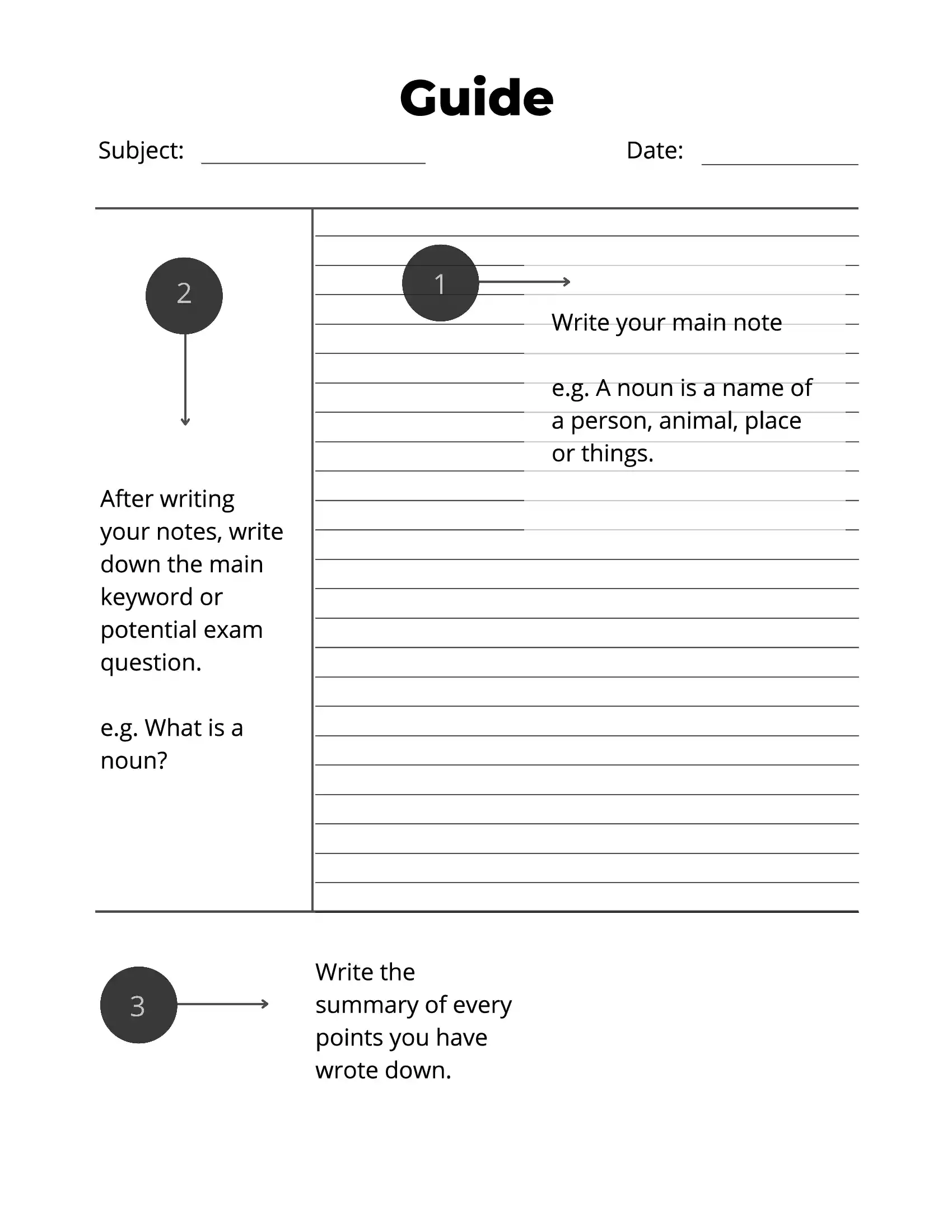
Finally, in the bottom section, write a summary of the key takeaways and connections you made.
2. Mind Mapping
Create visual diagrams called mind maps to organize and connect information. Start with a central idea or topic and branch out to subtopics, supporting details, and relationships. Mind maps help you visualize concepts and aid in memory recall.
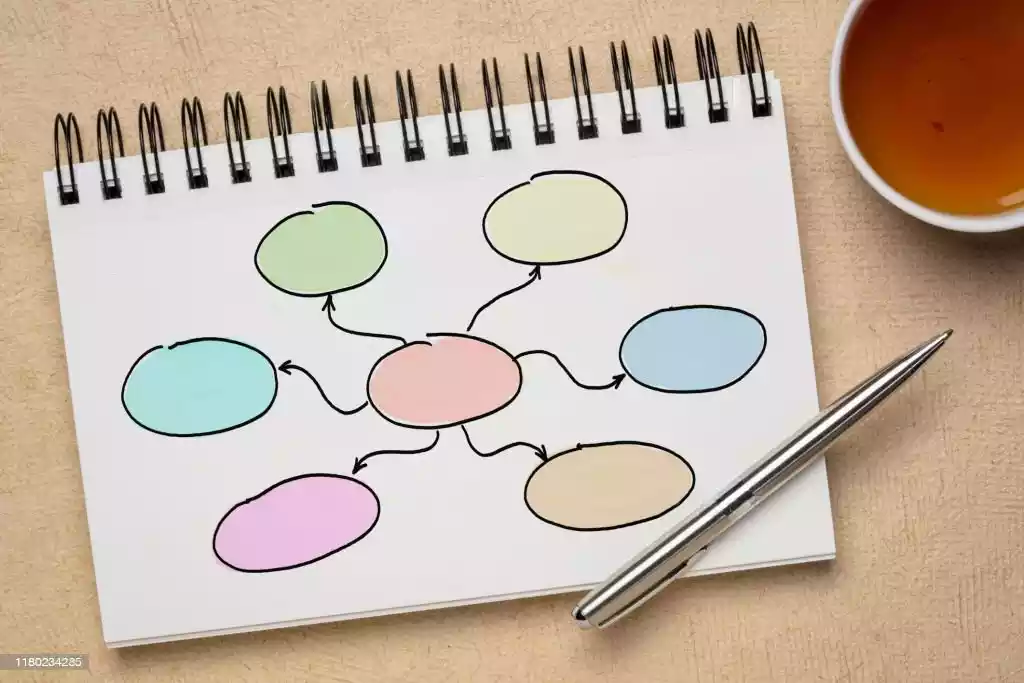
For instance, if you’re studying a biology chapter on the human respiratory system, begin with a central node labeled “Respiratory System.”
From there, create branches for different organs and their functions, such as the lungs, trachea, bronchi, and alveoli.
Add further branches for related concepts like gas exchange, respiration process, and respiratory disorders.
By creating this visual representation, you’ll have a clear overview and easily remember the interconnected details.
3. Outline Method
When studying from textbooks or lengthy materials, create an outline of the main ideas and subpoints.
This hierarchical structure allows you to see the relationships between concepts and provides a clear overview.
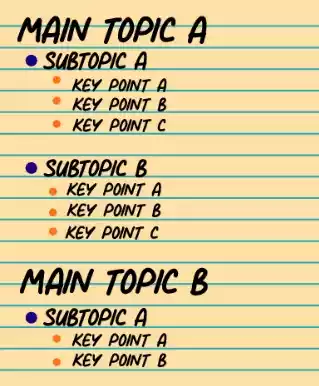
Let’s say you’re studying a sociology textbook chapter on social inequality. Begin by writing the main topic, “Social Inequality,” at the top of the page. Then, list the major subtopics, such as “Types of Inequality,” “Causes of Inequality,” and “Effects of Inequality.”
Under each subtopic, add bullet points or indented subheadings that outline the key ideas.
This structured outline will help you grasp the overall content and remember the main points.
Mnemonic Devices
Mnemonic devices are memory aids that help you retain and recall information more easily.
They use associations, acronyms, or vivid imagery to link new information to existing knowledge.
Some popular mnemonic devices include:
1. Acronyms
Create acronyms by using the first letter of each word or concept you want to remember. The acronym serves as a cue for recalling the information later.
For example, to remember the order of operations in mathematics (Parentheses, Exponents, Multiplication, Division, Addition, Subtraction), use the acronym “PEMDAS.”
So, if you need to remember the sequence of mathematical operations, simply recall the acronym “PEMDAS” and associate each letter with the corresponding operation.
This mnemonic will help you recall the correct order during exams or problem-solving.
2. Visualization
When it comes to remembering information, visualization is a powerful technique. By creating vivid mental images, you can boost your memory retention. Let’s explore a more engaging example to understand this technique better.
Imagine you need to memorize a list of planets in our solar system. To remember each planet, you can create imaginative visual associations:
- Mercury: Visualize a speedy messenger wearing wings on their feet, holding a glowing thermometer.
- Venus: Envision a beautiful goddess rising from a seashell, surrounded by a shimmering aura of love.
- Earth: Picture a globe with tiny people of different cultures and landscapes, representing the diversity of our planet.
- Mars: Imagine a red warrior with a fierce gaze, wearing a helmet and holding a spear.
- Jupiter: Visualize a gigantic king with a golden crown, sitting on a throne made of swirling storm clouds.
- Saturn: Envision a majestic ringmaster in a sparkling top hat, juggling hula hoops around a planet-shaped ball.
- Uranus: Picture a mischievous magician balancing on a spinning ball, with stars and comets swirling around.
- Neptune: Imagine a trident-wielding sea god riding a majestic wave in the depths of the ocean.
- Pluto: Visualize a cute, small dog wearing a space helmet, playfully chasing a tiny spacecraft.
By associating these vivid and imaginative images with each planet, you create memorable connections. The unique and engaging visuals will help trigger your memory and make it easier to recall the planets in the correct order.
Remember, the key is to let your imagination run wild and create associations that are personally meaningful and memorable to you. With practice, this visualization technique can greatly enhance your ability to remember information.
3. Method of Loci
The method of loci, also known as the memory palace technique, involves associating information with specific locations in a familiar environment.
As you mentally navigate through the familiar space, you can recall the information tied to each location.
For example, if you need to remember a list of scientific terms like “mitochondria,” “nucleus,” “chloroplast,” and “endoplasmic reticulum,” you can associate each term with a specific room or object in your house.
Imagine the mitochondria dancing on the kitchen countertop, the nucleus bouncing on the living room couch, the chloroplast floating in the backyard pool, and the endoplasmic reticulum snaking along the hallway.
By mentally retracing your steps through your memory palace, you can recall the terms more easily.
Creating Visual Aids
Visual aids can significantly enhance memory retention. They provide a visual representation of complex information, making it easier to grasp and remember.
Here are some visual aids you can create:
1. Infographics
Design colorful infographics that present key information in a visually appealing manner.
Use charts, graphs, icons, and illustrations to convey complex concepts succinctly. Infographics are particularly useful for summarizing large amounts of information.
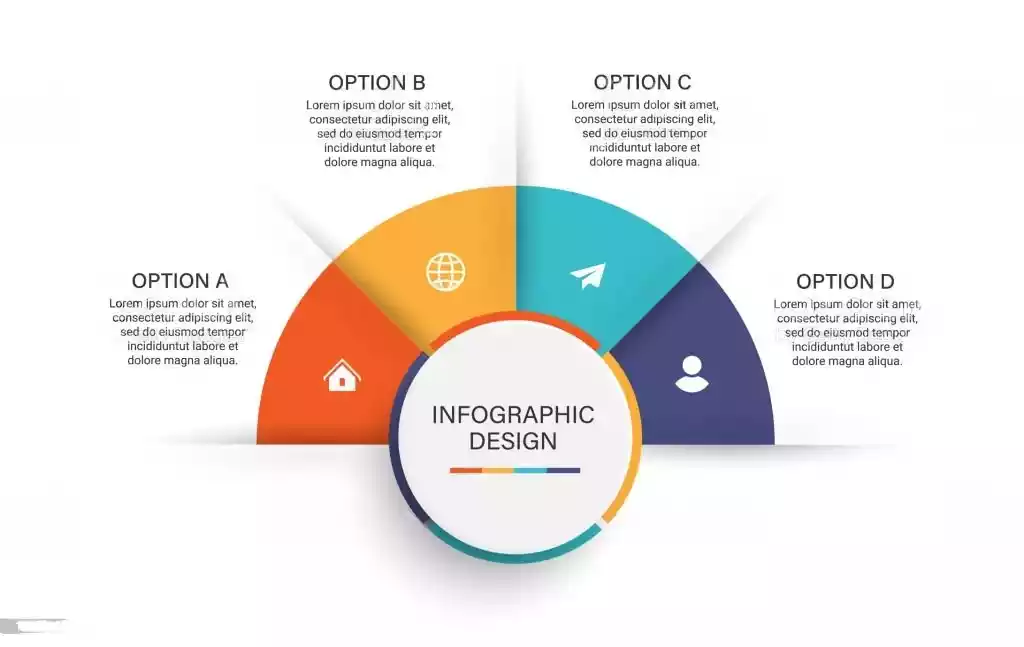
For instance, if you’re studying the periodic table in chemistry, create an infographic that organizes the elements based on their atomic numbers, symbols, and properties.
Use different colors or symbols to represent different categories of elements (e.g., metals, nonmetals, noble gases) and include key facts about each element.
This visual representation will help you quickly grasp the patterns and relationships within the periodic table.
2. Diagrams and Flowcharts
For processes or step-by-step explanations, create diagrams or flowcharts. These visuals show the relationships between different elements and help you understand the sequence of events or concepts.
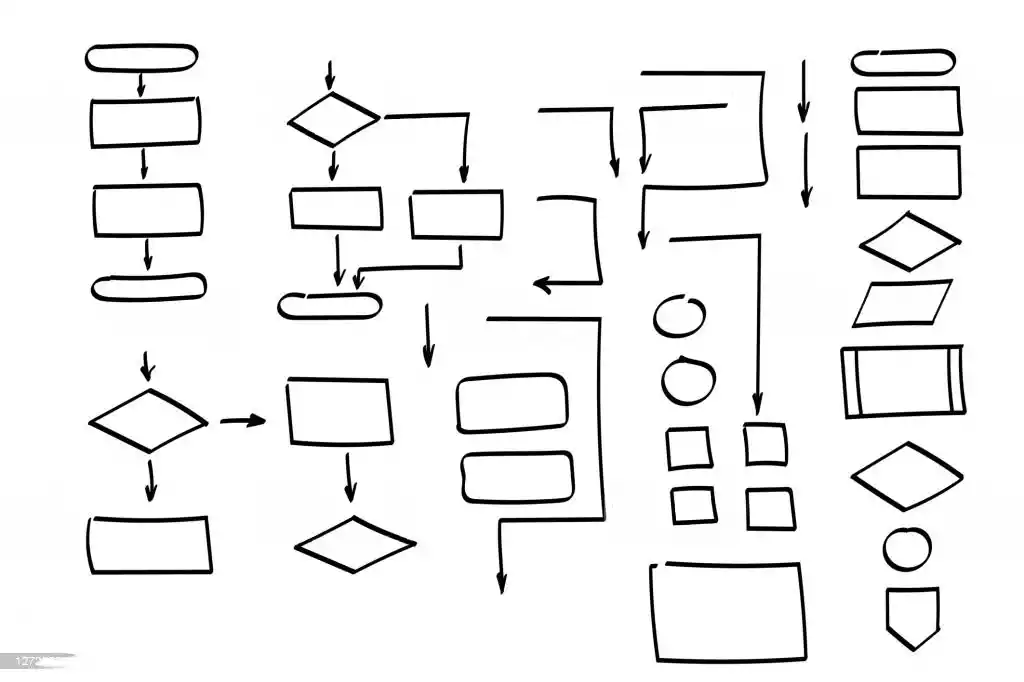
For example, if you’re studying the water cycle in geography, create a flowchart that illustrates the different stages of the cycle, such as evaporation, condensation, precipitation, and collection.
Connect the stages with arrows and add brief explanations or key terms to each stage. By following the flowchart, you’ll easily remember the sequence and processes involved in the water cycle.
3. Flashcards
Create flashcards with questions or prompts on one side and the corresponding answers or information on the other side. Flashcards are portable, convenient, and allow for quick review and self-quizzing.

Let’s say you’re studying vocabulary words for a foreign language exam. Write the word or phrase on one side of the flashcard and its meaning or translation on the other side. Review the flashcards regularly, testing yourself on the meanings and pronunciations. The act of flipping through the flashcards and testing your memory will strengthen your recall abilities.
The Power of Repetition
Repetition is a powerful tool for memory retention. By reviewing information multiple times, you reinforce the neural pathways associated with that knowledge.
Here’s how you can utilize repetition effectively:
1. Spaced Repetition
Rather than cramming all your studying into a single session, distribute your study sessions over time.
Spaced repetition involves reviewing information at increasing intervals. This technique capitalizes on the “spacing effect,” which suggests that learning is more effective when spaced out.
For example, if you’re studying vocabulary words, review them shortly after learning them, then review them again after a few days, then a week later, and so on.
By spacing out the reviews, you’ll reinforce the memory traces and improve long-term retention.
2. Practice Retrieval
Regularly practice retrieving information from memory rather than passively reviewing it. Use flashcards, quizzes, or self-generated questions to test your knowledge.
Retrieval practice strengthens memory recall and helps identify areas that need further review.
For instance, create a set of practice questions related to the material you’re studying. Challenge yourself to answer these questions without looking at your notes or textbooks.
After attempting to answer, check your responses and identify areas where you need improvement.
By actively engaging with the material and testing your recall, you’ll solidify your memory and gain a deeper understanding of the subject matter.
Wrap Up
Remembering what you read is a crucial skill for academic success. By adopting active reading techniques, implementing effective note-taking strategies, utilizing mnemonic devices and visual aids, incorporating repetition and retrieval practice, and maintaining a healthy lifestyle, you can improve your memory retention and perform better in exams.
Remember, practice and consistency are key. Start implementing these techniques early, and you’ll see a noticeable improvement in your ability to remember what you read.
FAQs
- How long before the exam should I start implementing these strategies? It’s best to start early and practice these strategies consistently throughout your study period. The earlier you begin, the more time you’ll have to familiarize yourself with the techniques and integrate them into your study routine.
- Are these memory techniques applicable to all subjects? Yes, these memory techniques can be applied to various subjects. Whether you’re studying science, humanities, or languages, the principles of active reading, note-taking, mnemonic devices, and visual aids can be adapted to suit the specific requirements of each subject.
- How can a healthy lifestyle contribute to better memory retention? A healthy lifestyle, including regular exercise, sufficient sleep, and a balanced diet, promotes overall brain health. Exercise increases blood flow to the brain, sleep allows for memory consolidation, and a balanced diet provides essential nutrients for optimal brain function. By taking care of your physical well-being, you create a favorable environment for effective memory retention.
- Can these techniques help with long-term retention beyond exams? Absolutely! The techniques described in this article are not limited to exam preparation. They promote deep learning, understanding, and memory retention, which are beneficial beyond the exam context. Applying these techniques consistently will help you build a solid foundation of knowledge and retain information for the long term.
- What should I do if I feel overwhelmed with the volume of material to remember? If you feel overwhelmed, break down the material into smaller, manageable chunks. Create a study schedule and prioritize the topics or chapters based on their importance and difficulty level. Implement the techniques discussed in this article for each section, and don’t forget to take regular breaks to prevent burnout.



